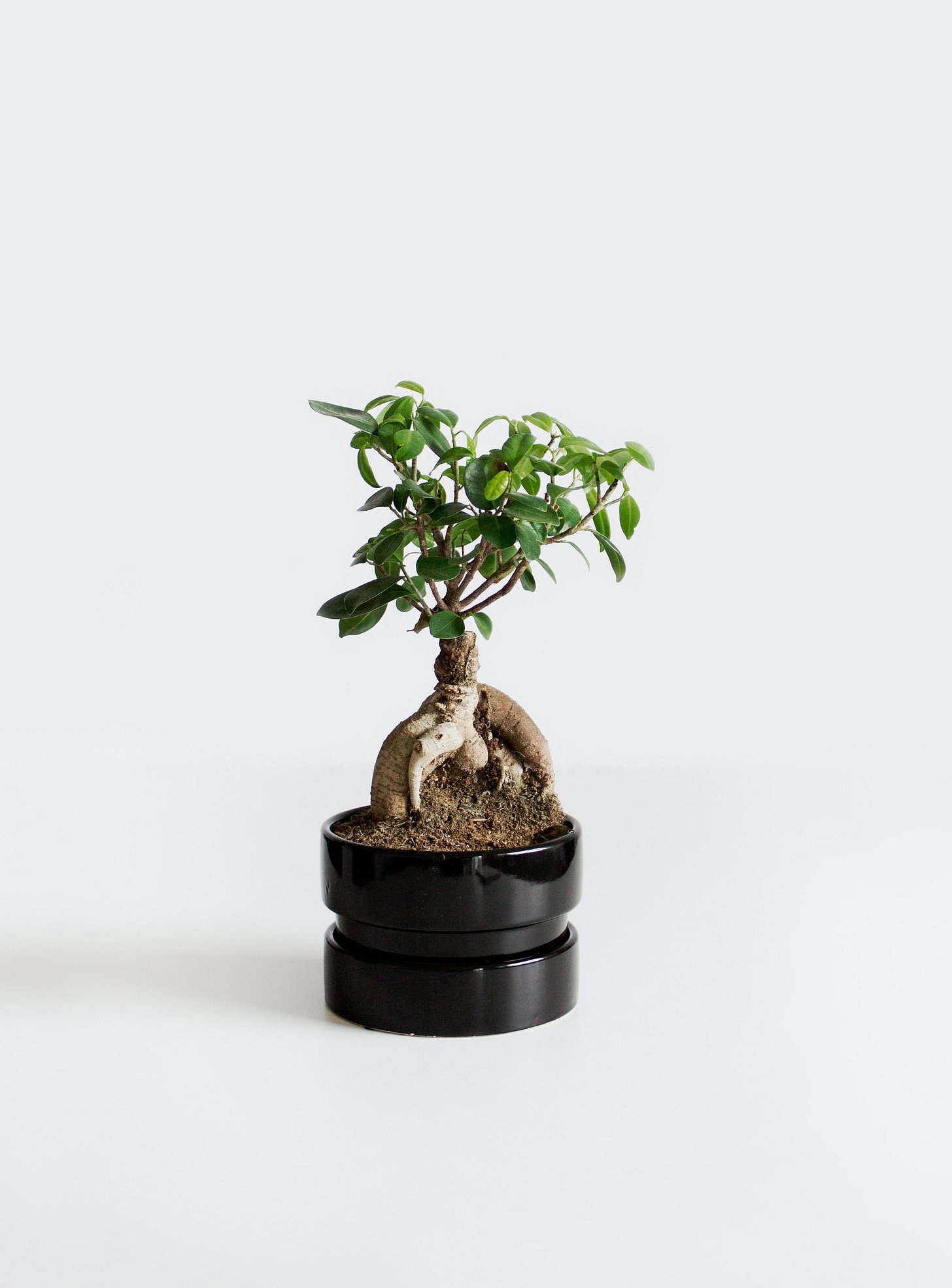I started with a guided meditation using the Headspace app three years ago. Something that started as an experiment became a habit soon. Meditation has some strange effects. While you are doing a session, you might feel more focused or more relaxed afterwards. But somehow, it just seems that you spent ten to twenty minutes sitting while listening to someone talking you through some exercises.

But after a few weeks of consistent mediation, some completely different effects started to show up. My mood improved, I had better control over strong emotions and reflecting on my thoughts became easier. Furthermore, my heart rate variability improved.
I think Headspace is a fantastic product to start your journey toward mindfulness. But what is mindfulness, and what has it to do with meditation?
For me, mindfulness is to notice what I notice fully. Mindfulness is learning to be fully present and engaged at the moment, aware of your thoughts and feelings without distraction or judgment.
Becoming mindful is like training a muscle. It takes some practice to get the movements right, repetition to grow new muscle fibres and new stimulation every other day to keep the effects. I would recommend meditation to anyone. But doing so, I also found many people where it is just not right for them.
During the COVID-Lockdown, and added stress at work and home, I also stopped my healthy meditation routine. I did not find the time (or did not want to make time) to have my ten to fifteen minutes where I could be by myself and practice. After a few months, I could feel the adverse effects of stopping this healthy routine, but I also had difficulty starting again. Headspace lost its excitement, and I could no longer enjoy the practices.
So I started exploring what else you can do to be fully present and engaged. Once you understand how being mindful works, you can embed it better into your day. I tried to hone those small moments where I just stared out the window, being present and noticing all the little things. But one more thing I found that worked well are breathing exercise.
Looking into all the research, you will learn that breathing exercises have enormous benefits for the body and mind. They are good practice for reducing stress, anxiety, symptoms of PTSD, and depression and helping with falling asleep or waking up. But you also can incorporate them well into your daily mindfulness practice.
What I liked most about the breathing exercises was that I could do them anywhere and decide if I did 50 seconds, 5 minutes or 10 minutes. This made it a lot easier to incorporate them into my day. Suddenly I had ten to fifteen minutes per day where I was breathing and present instead of having a frustrating meditation session every week.
The most important part was that it made it easy to start a routine and form a habit. After two months of breathing exercises, I also enjoy meditation again. I have an excellent practice where I can switch things up and always find a few minutes to stop and breathe.
I shared my experience with a few people that did not like meditation, but they started to enjoy the breathing exercises.
Neither for meditation nor breathing exercises will you need an app. I like using them because they make it easy for me. If you start with meditation, I recommend Headspace or 10 Percent Happier. I now moved on to Waking Up by Sam Harris, which I greatly enjoy.
If you want to get into breathing exercises, I can't recommend Breathwrk enough.